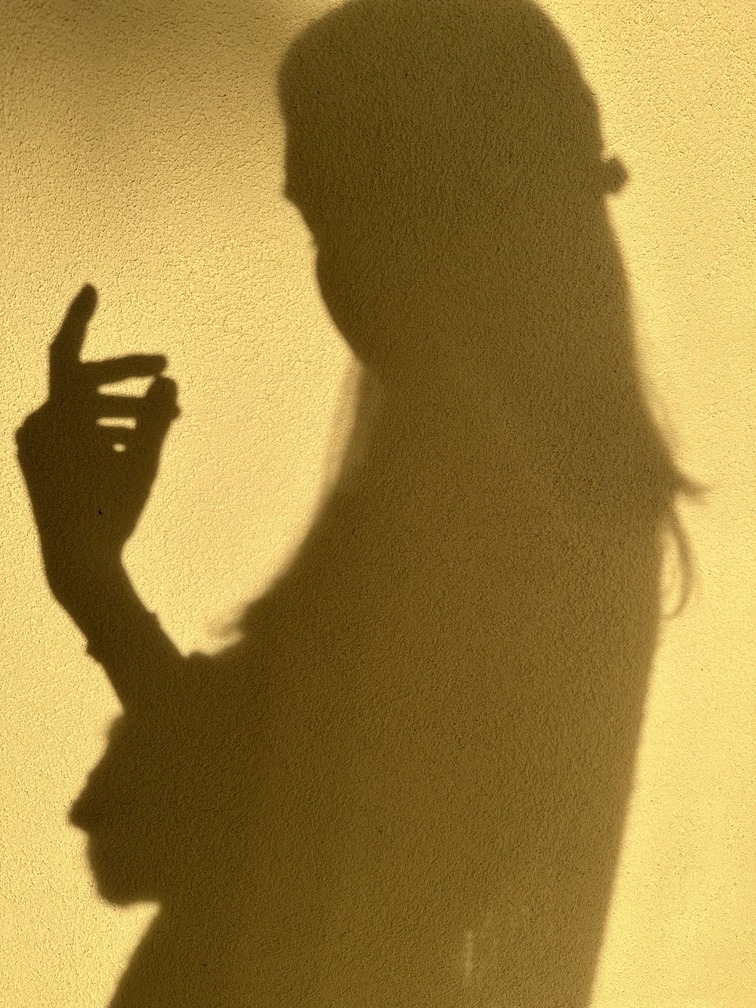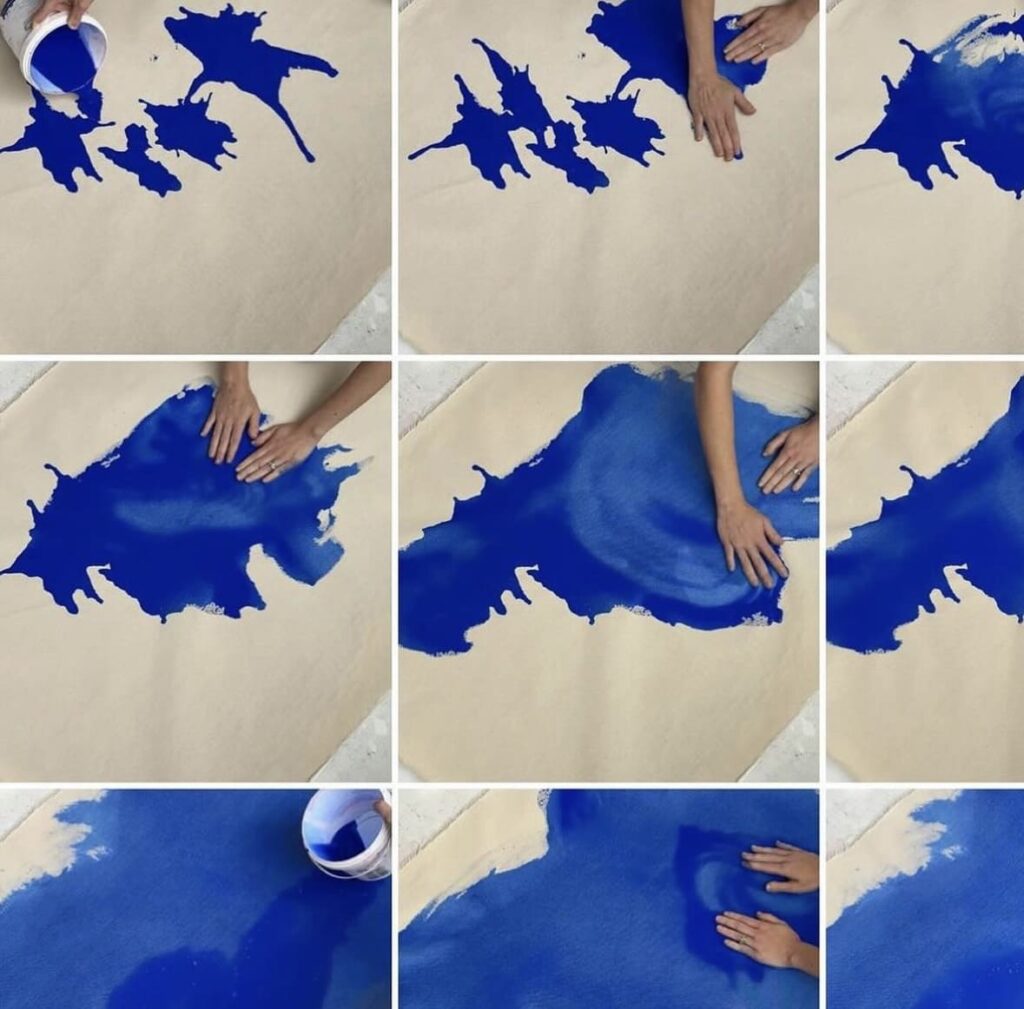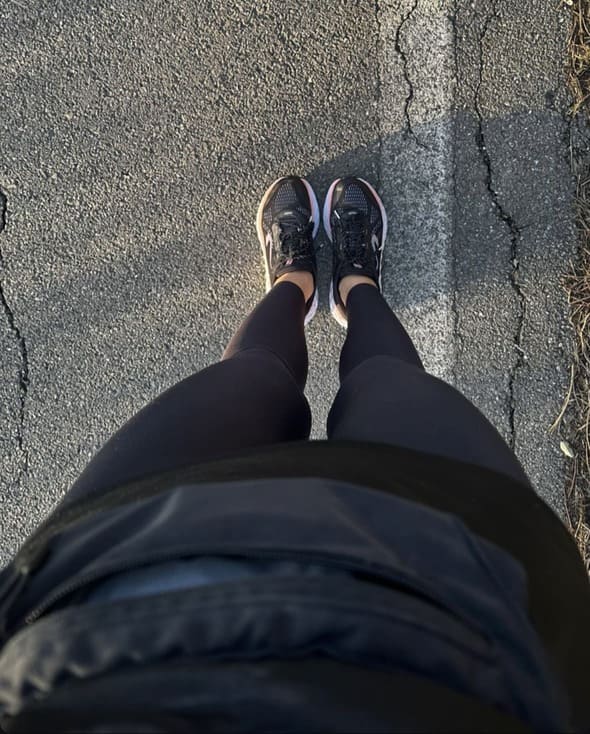Picture this: you’re standing in front of a painting, say a Kandinsky, one of my personal favourites, and suddenly you feel a strange tug at your heart. Maybe it’s the perfectly geometric structure or the bold colours, but something in that piece resonates in you. It’s almost as if the painting is whispering directly to your emotions. Art has that power, the ability to bypass our logical minds and strike a chord in the heart.
But how, exactly, does art do this? And why do different forms of art, whether it be painting, music, dance, poetry, all seem to evoke such a range of emotions? There’s a psychology behind it I’m sure, a science, even. And yet, the beauty of it all is that art’s impact remains something deeply, delightfully personal and individual to everyone.
The Emotional Language of Visual Art
Let’s start with paintings, sculptures, and everything in between. Visual art is like that one good friend you know who can express a thousand words with just one look. Colors, shapes, textures—these are the building blocks of a language that speaks directly to our emotions. Just think of Picasso’s blue period: the shades of blue in his work during this time evoke sadness, solitude, and introspection…without a single spoken word.
In fact, our brains are wired to respond to colors in specific ways. (For understanding more on this topic I highly recommend The Secret Lives of Colour by Kassia St Clair). Warm colors (reds, oranges, yellows) often evoke feelings of warmth, passion, or excitement, while cool colors (blues, greens, purples) can create a sense of calm. Why do you think most hospital rooms are always painted light green? (Just some food for thought). But what about abstract art? That’s the wild card. For some, abstract works are a puzzle to solve; for others, they’re the equivalent of a Rorschach test. You personally might see chaos where someone else sees calm, which only adds to the personal impact of viewing art.
The Symphony of Music and Emotion
Music, though, takes this emotional language and turns it up a notch. There’s something magical about a piece of music that can bring us to tears or make us feel like we’re floating. Music bypasses the cognitive parts of the brain almost entirely, creating a direct line to our emotions (I read this up, I swear). Scientific studies even show that certain chord progressions (hello, minor chords) naturally evoke sadness, while others make us feel triumphant and joyous and on top of the world.
Ever listened to Mozart’s Requiem, K 626? That has the power to stir up a quiet sadness, even fear. Or think of a song that you hear by chance and it brings back memories—it’s as if the melody itself carries an emotional timestamp, a time capsule holding the feelings of a different time and place, whether good or bad. And that’s the beauty of music: it can store emotions, almost like a playlist of your personal highs and lows, to replay whenever you need. I have a handful of songs of my own that personally have a very strong effect on me, both negative and positive.
Positive: Boa Sorte – Vanessa da Mata and Ben Harper
Lieutenant Kijé, Symphonic Suite, Op 60: II Romance – Sergei Prokofiev
Neptune – Bryce Dessner (Sufjan Steven vocals) (the whole album actually)
Genesis – Grimes
Glued 2 deep in time – Aaron Hibell remix (available on SoundCloud)
Polly Come Home – Robot Plant and Alison Krauss
Pulaski at Night – Andrew Bird
Emerald Tiger – Vanessa Mae
Negative: anything by The Smiths (I’m sorry)
Clowns – Goldfrapp
Run Through Me – Perfume Genius
Let It Happen – Tame Impala
Flowers – Miley Cyrus
Mul Mantra – Snatam Kaur (this might come as a surprise, since she specifically sings mantras to promote emotional wellbeing, but I would listen to it every day before one of my internships which ended up a disaster, and since then I just can’t stomach it.
Anyway, that about sums it up. It doesn’t have to make sense. Some of my happiest memories are with melancholic songs, and some of my worst are with top hits. The brain has its own way of sorting these things, which are out of my control.
Dance: When the Body Speaks
And what about dancing? Now, I don’t do much dancing myself, but watching someone dance, whether it’s a carefully choreographed ballet or an impromptu freestyle movement to a favourite song, can make us feel everything from joy to heartbreak. Dance has a way of making emotions visible, giving form to something as invisible and fleeting as feeling.
Have you ever noticed that when you’re happy, your body wants to move? That’s because movement is one of the brain’s ways of expressing itself physically. When we see a dancer leaping across a stage or a couple moving in perfect sync, we feel that same pull in ourselves. It’s empathy in motion.
Literature: Words That Paint Emotion
Then there’s literature—words that, on the surface, are simple lines of ink on a page. But in the right hands, they become a magnificent symphony of structural emotion. Whether it’s poetry, novels, or even a clever Instagram caption, words have an uncanny ability to make us feel seen, understood, and, sometimes, healed. A book can make us weep for characters who exist only in the author’s mind, yet those characters somehow leave imprints on our hearts.
Writers play with our emotions through plot, rhythm, and metaphor, creating worlds so vivid we forget they’re not real. A well-written poem or novel sneaks past our mental defenses, allowing us to feel things we might otherwise suppress. It’s therapy, but with more beautiful language and often much cheaper than a therapist.
The Psychological Benefits of Creating Art
We’ve talked about how viewing art impacts our emotions. But what about creating art? That’s an emotional journey of its own. Studies have shown that engaging in creative pursuits can reduce stress, improve mood, and even act as a form of self-therapy. Art therapy, for instance, is an entire field devoted to helping people process trauma, anxiety, and grief through artistic expression. That’s also mainly why I began painting myself, then, with time and practice you get better at it.
Creating art allows us to externalize what’s inside—to paint our worries on a canvas or dance out our stress on a studio floor. And you don’t need to be the next Picasso or Mozart to experience these benefits. Just the act of putting pen to paper, brush to canvas, or voice to melody is enough to release those pent-up emotions, giving them a healthy outlet.
Art as a Mirror and a Window
At its core, art is both a mirror and a window. It reflects our inner world, showing us emotions we may not have even realized we were feeling. But it’s also a window, offering us glimpses into the hearts and minds of others. When you look at a painting, listen to a song, or read a book, you’re stepping into someone else’s emotional landscape. It’s a reminder that, while our feelings are deeply personal, they’re also universally shared.
And maybe that’s the most beautiful part of art: it reminds us that, despite our unique experiences, we’re all connected by the same emotional threads. So the next time a piece of art moves you, whether it’s a song, a poem, a photograph, or a painting, take a moment to savor that feeling. In a world that can sometimes feel isolating, art is a gentle reminder that we’re all part of a shared human experience. One brushstroke, one note, one word at a time.
Love, V




